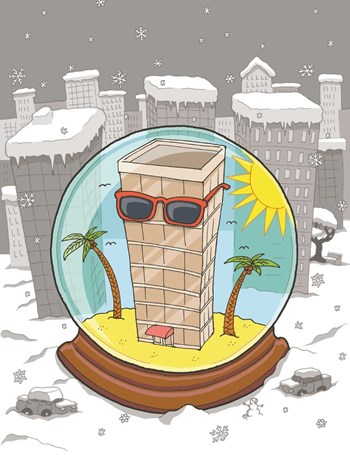
As the last few years have demonstrated, winter can be an unpredictable time in New York City. Some years, temperatures remain fairly mild and we barely get any snow, while other years are bitterly cold, with howling winds and epic snowstorms.
Regardless of what the weather decides to do, co-op and condo boards, managers, and maintenance staff need to make sure their buildings are ready for whatever may come—and that means taking care of seasonal winterizing tasks before the first flakes fall.
Do It Now
Whether relatively mild or historically harsh, winter is the hardest season of the year in terms of wear-and-tear on buildings. Ice collects in cracks and spaces between bricks and masonry and contributes to façade deterioration, salt stains and chews up metal and marble finishes, boilers and steam pipes work overtime, and colder temperatures and more hours of darkness equal higher heating and electrical costs.
Which is why it's so important to prep your building before whatever happens happens. “Good winterization begins well before the winter arrives,” says Peter Grech of the New York Superintendents Technical Association. “If the temperature outside goes below 55, it may be too late. As a cost-cutting or preventative measure, all mechanical devices must be maintained and serviced if necessary before the cold weather arrives.”
Windows & Walkways
Windows may be the eyes of your building, but when it comes to water and cold penetration, they're a definite weak point. Because of this, window frames and sashes must be inspected and repaired if necessary before winter arrives—preferably in early fall.
“You need to make sure all the sealant around the windows are soft, pliable and still have some elasticity to them,” says a Manhattan-based exterior contractor. “If your caulking is brittle, you’re going to have problems all winter long.” And, he adds, even if you have the wherewithal to fix faulty caulking in mid-winter, inclement weather will likely prevent repair crews from being able to carry out the work.
Also, the steel lintel—that little piece of metal over every single window head that supports the brick above the window—must be inspected. If allowed to rust, the lintels will eventually buckle and fail, causing the bricks above them to become loose and allowing water penetration and even more damage. Lintel inspections should be done with plenty of time before winter, because repairing them is an in-depth process that requires proper permitting, scaffolding and a large work crew.
According to the pros, the same holds true for any masonry or cement work. New cement can't be poured in the winter because of the cold temperatures, so paving pros recommend getting repairs done by Halloween to beat the onset of wintry weather. If an emergency situation arises and cement work does need to be done then, it's a hassle for everyone involved—and it may even yield an unsatisfactory result.
“You are really bending the rules when you tell me you want to do quality construction repair in the winter,” says the exterior expert. “There are additives and supplements you can put into the mortar mix...but depending on how cold it is outside, you have a very short window of usability. Not to mention the human aspect of how uncomfortable it is for the workers. If it’s not ideal conditions, you really shouldn’t be doing it.”
That’s why it’s important to do the maintenance work and any cleaning beginning in April or May.
The Heat is On
With energy prices high and many buildings watching their purse strings more closely than ever, conserving heat has become a serious concern for boards and residents as well. According to Grech, there are a number of measures that a building staff and individual owners can take to ensure that heat is staying where it belongs: inside the building.
“You need to search for areas where heat can escape,” he says. “Windows and terrace doors are big culprits. You have to check the gap between the bottom of the door and the saddle, as well as the gap around the door frame. For a reasonable amount of money, you can weather-strip the door, not only to save money, but to improve the comfort level inside the apartment.”
Grech also suggests checking the basement to make sure not air or heat is escaping via that route.
“A simple way of inspecting the basement is by taking a lit candle down there to check for drafts,” Grech says. “If the candle flame moves, then you know air is moving. For individual apartments, you can put a candle by the window—if it’s flickering or moving, you know that air is getting in. Or you can go with the new way, where you buy an expensive infrared thermometer and see where the heat is escaping.”
During the heating season, building personnel should closely monitor fuel consumption relative to past consumption on similar-temperature days and address any notable increase immediately. If your building is sucking fuel, it's costing money.
All steps in winterizing are important, but there are certain items that are just not negotiable. “While there really is no one single most important thing to prepare for winter, if I had to choose one, it would be the heating plant,” Grech says. “Boilers must be tuned, cleaned, and tested for heating production before winter arrives. Second, and equally most important, is to make sure all water lines that are exposed to the weather are shut down and drained.” Neglect this step and you run the risk of burst pipes, leaks, and all the legal and maintenance headaches that come with them.
On the Boil
One of the most important parts of winterizing is making sure your building’s boiler will operate properly throughout the long winter.
According to Bill Jebaily, owner of Aggressive Energy & Mechanical Group in Brooklyn, oil burner maintenance is key to insuring a long, productive life for the equipment and saving your building money in the long run.
“The bottom line is that one-eighth-of-an-inch of soot inside a boiler will significantly reduce the efficiency of the boiler, causing excessive use of fuel and reducing the efficiency by 20 to 30 percent,” he says. “If a building was spending $100,000 a year on fuel, now it’s spending $120,000. That’s what should get people to move and do this.”
Since 70 percent of oil is used between October and February, having your boiler winterized between the spring and fall seasons is vital and will save your building money in the long run.
“This is the time to do an overhaul on the boiler,” says Jebaily, “which is basically brushing and vacuuming the boiler before breaking the oil or gas burner down, repairing any wear-and-tear on parts and cleaning all the components thoroughly to be as close to new as possible.”
The waterside of the boiler has to be cleaned as well. This removes scale, sediment and mud, which if not cleaned, can result in weakening the boiler.
Keep the Rain Off
Along with windows and the HVAC system, a building's roof is another crucial component in its ability to resist the cold. The typical flat roof should be prepared with an ultraviolet roof coating, preferably before October. The coating is a relatively inexpensive petroleum-based product with the viscosity of oil that is literally painted onto the roof. It contains reflective silver additives and creates a barrier that will insulate your building and protect it against ice and snow.
Additionally, roof drains should be cleared to prevent blockages that could cause a slushy area—and possibly a leak—once winter snow hits. Once the snow is over, you can check for leaks, that the windows and doors are intact, that the brick joints are sound and that the flash points around the perimeter are safe.
And while it may not be something everyone thinks about, another area of a building that can benefit greatly from a pre-winter inspection is the bulkhead room on the roof that houses the elevator machinery. Elevator repairs are costly and inconvenient, so it definitely pays to avoid them whenever possible. Making sure the machine room is secured—against trespassers, as well as the elements—and kept clear of blown-in trash or other debris is an easy way to spot trouble early and head off expensive repairs.
Pitching In
Building superintendents should be the eyes and ears of the building and bring any areas of concern to management’s attention, but a well-maintained building can be helped by all the people who live there. Residents can help prepare for winter by lowering thermostats just a few degrees to save money on fuel, keeping an eye out for things that need repairs, and alerting the super or manager of anything that needs to be fixed.
You don’t want to wait until the cold weather actually arrives to start thinking about winterizing your building. This is the time you should be making repairs and doing preventative maintenance, if only to avoid exorbitant repair fees, mechanical failures and cranky residents.
Keith Loria is a freelance writer and a frequent contributor to The Cooperator. Associate Editor Hannah Fons contributed to this article.




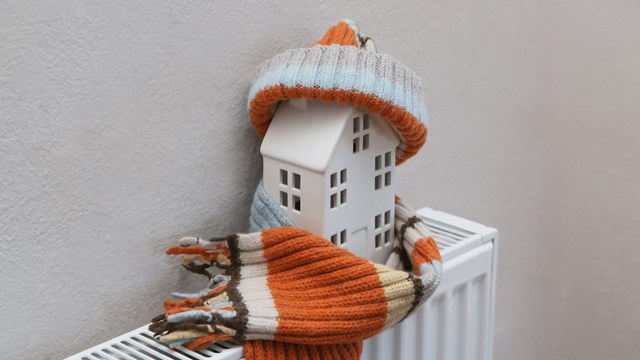

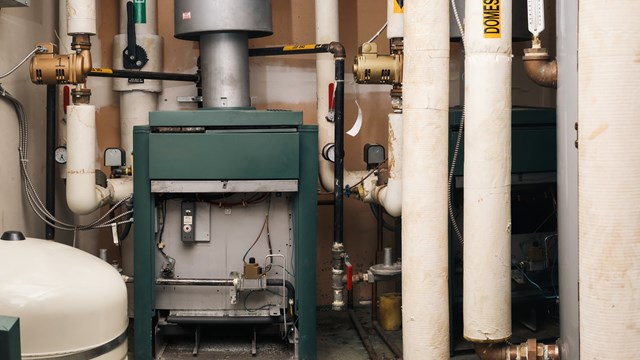
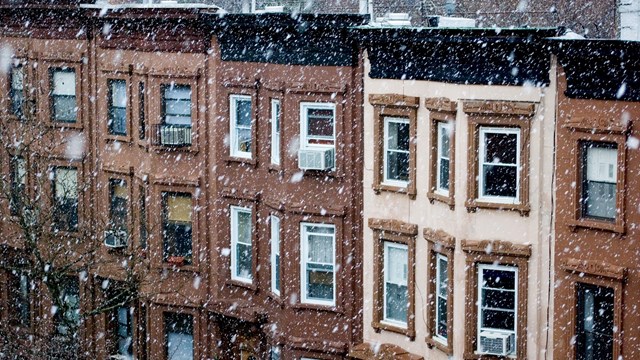
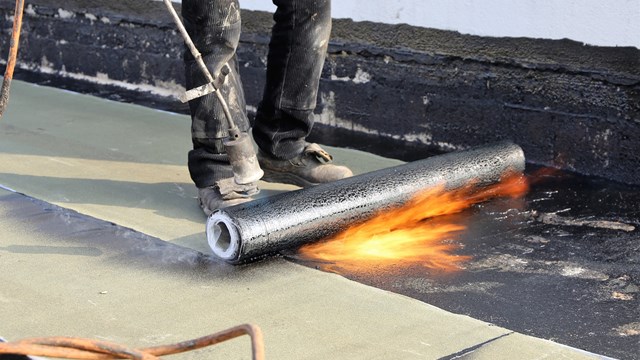
Leave a Comment